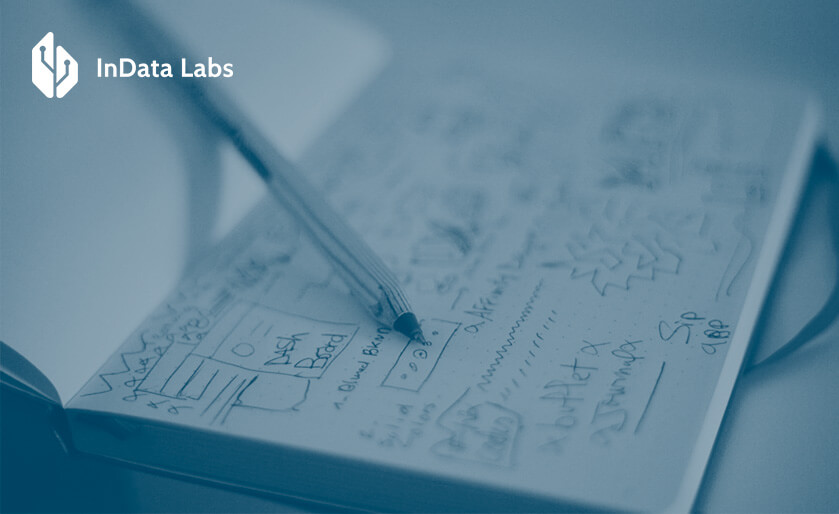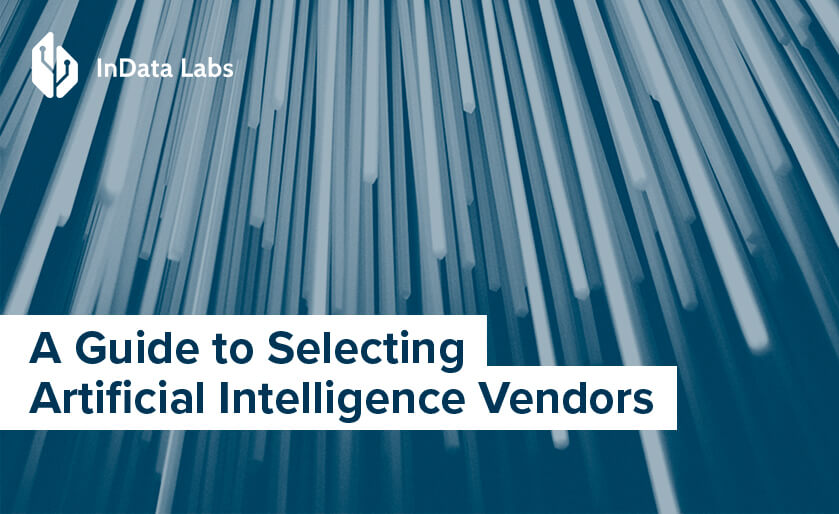Investigating company data for insights is a well known and widely adopted practice. However, using predictive analytics and machine learning is the next frontier in data analysis.
The ability to predict future outcomes is what sets predictive analytics apart from other analytics used today, such as descriptive analytics, which gives answer to the question “what happened?” or diagnostic analytics, which explains why it happened. PwC’s Global Data and Analytics survey has already shown the growing importance of predictive analytics among businesses stating that “modern executives want decision-making to be faster and more sophisticated”.
Machine learning allows computer programs to make predictions or draw insights based on identified patterns in data and also improve those insights with experience without humans explicitly telling them what to do. Machine Learning allows going beyond internal data, combining knowledge from internal and external sources to drive new insights that were not previously possible.
The main goal of predictive analytics and machine learning is to take the guesswork out of understanding customers so that companies can maximize every sales opportunity.
There is a lot of preparatory work that companies need to do before implementing predictive analytics and machine learning to ensure that they can leverage the technology profitably.
Be Ready to “Fail”
Predictive analytics and ML require a different thought process than BI, which is already commonly used. A predictive mindset requires questioning the results of the model and asking whether they make sense. It is important not to take the results as a given. If two things seem to be correlated, it doesn’t mean they have a causal relationship. Predictive analytics also entails dealing with probabilities and uncertainty. For example, a result might state that the predictive strength is only 70 per-cent. In some cases, no pattern at all will emerge using machine learning. And such “failures” are completely okay.
Articulate the Problem
It is very important to understand what type of problem the company is trying to solve with predictive analytics. All the stakeholders involved in the process of predictive analytics and machine learning implementation must be on the same page when it comes to defining the problem. For instance, the company decides to start with solving the problems associated with customer churn. The whole team needs to come to mutual agreement – on how they define churn.
Other business problems that can be addressed with predictive analytics:
- churn prediction
- marketing campaign optimization
- recommender systems
- revenue forecasting
- dynamic pricing
- credit scoring
- customer segmentation, and many others.
In order to maximize the value of machine learning to the business, you need an ongoing collaboration between product managers and data scientists, where it is the responsibility of the product managers to ensure that the problems being solved are the ones that will have the greatest impact on the business.
Have Proper Data in Place
Quality data is key to a successful predictive analytics and machine learning project. In large companies data is coming from different sources within the organization. It is difficult to link together the data from CRM system and operational system that are developed by different providers. Meanwhile, companies need to make sure that they create a single point of view for each customer in an organization.
Choose Suitable Predictive Tooling
One of the large parts of the work data scientists do is choosing appropriate tools and models for every business problem they get to solve. Data scientists rarely start the work by building their own models from scratch, since there are a lot of models available built-in open source languages such as Python, which includes a programming language as well as a number of machine learning libraries that are publicly available, for instance, scikit-learn, SciPy, LightGBM, SpaCy, or Keras. These tools also provide interfaces to integrate with popular open source statistical languages, environments and APIs. Experienced data scientists always look for the best ways to customize existing models to get better results, or, of course, they build their own proprietary models when working on ground-breaking problems.
Work on Your Model Governance Processes
There are many organizations where business analysts are utilizing machine learning. Given the right tools and training, machine learning models can be built by business analysts as well as data scientists. But here we are talking about the easiest machine learning tasks that can be solved using pre-built out of the box solutions for churn analysis, basic customer lifetime value calculations or demand forecasting. Successful organizations must clearly define which models makes sense for the data scientist to build and which make sense for the business analyst. For instance, it is counterproductive for an organization to let a business analyst build an image-recognition system for top-level security clearance using deep learning. However, it might be fine for a business analyst to build a simple marketing campaign model.
For organizations overflowing with data but struggling to turn it into useful insights, predictive analytics and machine learning can provide the solution. However, it is worth saying that since predictive analytics and machine learning systems may seem complex and challenging to build, it is easy to get focused on pure technology, rather than on your customers’ needs. Don’t let this happen to your customer-centric business.
Work with InData Labs on Your Machine Learning Project
Schedule an intro call with our machine learning consulting experts to explore your business and find out how we can help.



